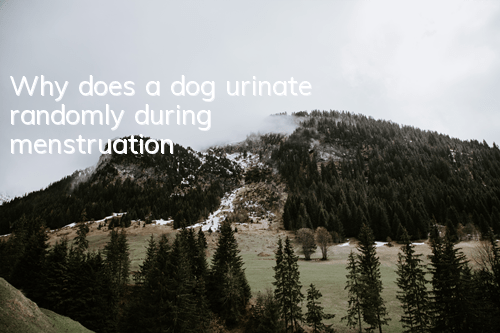Tail wagging is a collection of language
A dog's tail wagging is just a collection of language, and the position of the tail and the way it is wagging are the specific expression content of the language. First, look at the position of the dog's tail. If it is standing high and wagging, then don't get close. If it swings in the middle or slightly lower position, the dog should be more accepting of you. If the tail position is low or even tucked, it generally represents a posture of fear and refusal to socialize. At this time, it is best not to interact with it. Extreme fear may also lead to aggression.
How a dog's tail wags:
A slight wag with a small amplitude: greeting, tentative contact, or expecting to be discovered. High amplitude, low frequency: relatively friendly, non-threatening, not challenging, relatively happy.
Low tail, slow wagging: low social interest, not dominant, submissive, insecure, overwhelmed, hesitant.
The amplitude is small and the frequency is fast, like shaking: it may be preparing to escape, or it may generate a threat.
Tail held high and wagging frequently: expressing threat or even a prelude to biting.








